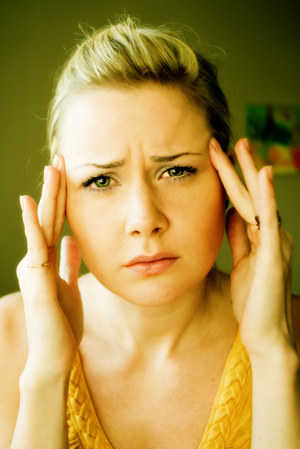Aromatherapy is an alternative system of medicine not just for humans, but for animals too. Ticks, fleas, pain and infections can be treated using essential oils in animals. While dogs and horses respond well to aromatherapy, cats are a bit allergic to oils as they cannot metabolize them in their liver. Owing to this, cats are often administered with hydrosols which are non-toxic and yet useful. This article will provide information on how to use aromatherapy with horses.
Essential oils for horses: A horse is a big animal compared to a dog or a cat. Its reaction (if adverse) to aromatherapy will be intolerable and hence you need to be careful before you start off with application of essential oils in horses. Below are a few tips on how to handle horses when you are administering them with aromatherapy oils:

1. Consult a vet: Consult a holistic vet before you start off with anything. Though horses respond to essential oils well, you cannot be sure of anything until you test it. Anyhow it is safe beforehand to do a checkup or consultation with your vet. Consider going to a holistic veterinarian who would not ignore aromatherapy as humbug.
2. Dilute each essential oil: This is important. Essential oils are natural substances. But that does not mean they are non-toxic substances. Highly concentrated, essential oils can cause adverse behavioral and physiological changes in human beings. To avoid trouble, dilute each and every essential oil before use. Add 2 to 3 drops of essential oil to 5 ml of base oil. For base oil, choose whichever pleases you. Avoid strong or thick carrier oils. Also, do not offer more than 5 oils at a time.
3. Assess the reaction of your horse: You have to do this every time you use essential oil therapy. You need to know if your horse likes it or not. You need to gather the degree of interest too. Decipher the mood of your animal before you start off. This is because an already stressed animal can react badly to aromatherapy.
4. Choose a quiet time: Important for your horse and you. Choose a time that is not food or play time. Let your horse loose in the stable so that it is free to roam. Do not keep the oils close to the horse’s nostrils. Keep at a distance of say at least 8 inches. Since your horse is free, it will come near the oils if it likes them. Then, observe the reaction of your horse.
5. Look for signs of interest: If a horse is interested in an essential oil, it will smell it for a long time, will curl its lips, follow the aroma and even nibble the bottle for sometime. Use the oil twice a day. Don’t overdo as it can have severe reactions. If your horse is just moderately interested, it will take a few sniffs and turn away from the bottle, keep its ears forward, have slightly flared up nostrils and can be easily distracted. In case of moderate interest, use the oil only once a day. If the horse is not interested at all, it will turn away from the aroma, with ears back. Never use the oil in which it is not interested.
6. Application methods: It is better to open the particular oil bottle and keep it near your horse’s nostrils. The horse’s senses are sharp and hence, it will absorb the aroma into its olfactory system and brain quickly. Sometimes, your horse may indicate that it needs the oil to be applied in a particular spot. Notice its actions and do accordingly. When your horse starts inhaling the oils, it may go into a trance-like state. Never worry. Understand that it is keenly intaking the oils into its blood stream. Do not offer the oils for more than 1 to 14 days. If your horse does not show any interest even after 3 days of inhalation, stop administering the oil and switch to others.









